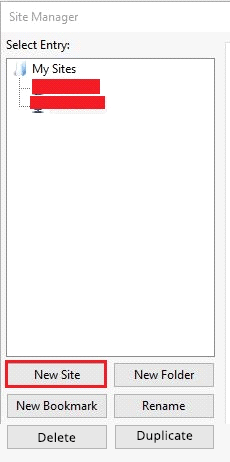
The ports for the data connections are dynamic. You should use port numbers 1024 and above (up to 65535).įTP needds more than port 21 (and it does not need UDP). You can configure a narrow range (like 10 ports), to limit a number of opened ports. The port range that the FileZilla FTP server is using, is configured in Edit > Settings > Passive mode settings > Use custom port rage. You have to go to Control Panel > System and Security > Windows Firewall > Advanced Settings > Inbound Rules > New Rule and add a new inbound rule for data port range your FTP server is using. You can connect, but you cannot list directories or transfer files.įor details, see my article on Network configuration for passive FTP mode. If you open only the 21 control port on the firewall, you get the described behavior. The port is picked out of a configured port range.

But for all data transfers, including directory listings, it listens on an additional port.

In the passive FTP mode (the most common mode nowadays), the FTP server listens on port 21 for an FTP control connection. While this question is old, there's no really comprehensive answer.


 0 kommentar(er)
0 kommentar(er)
